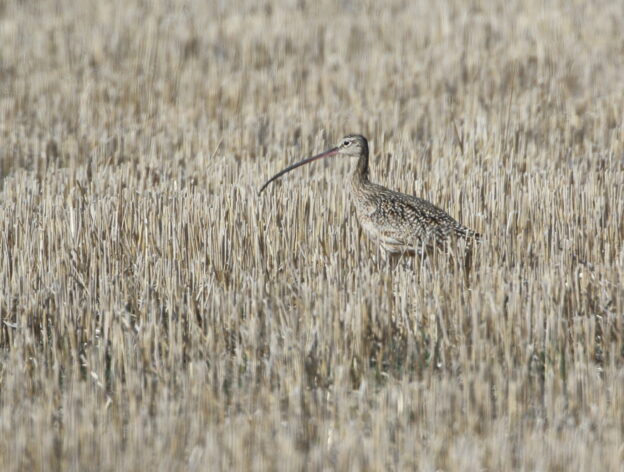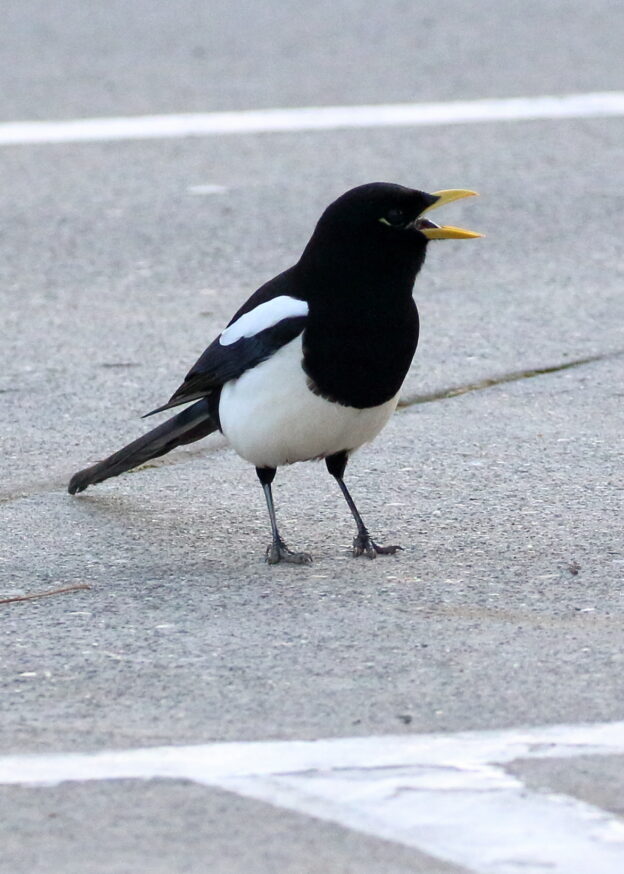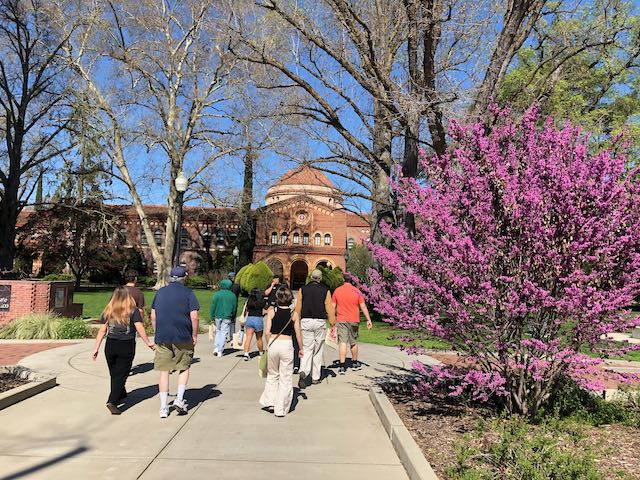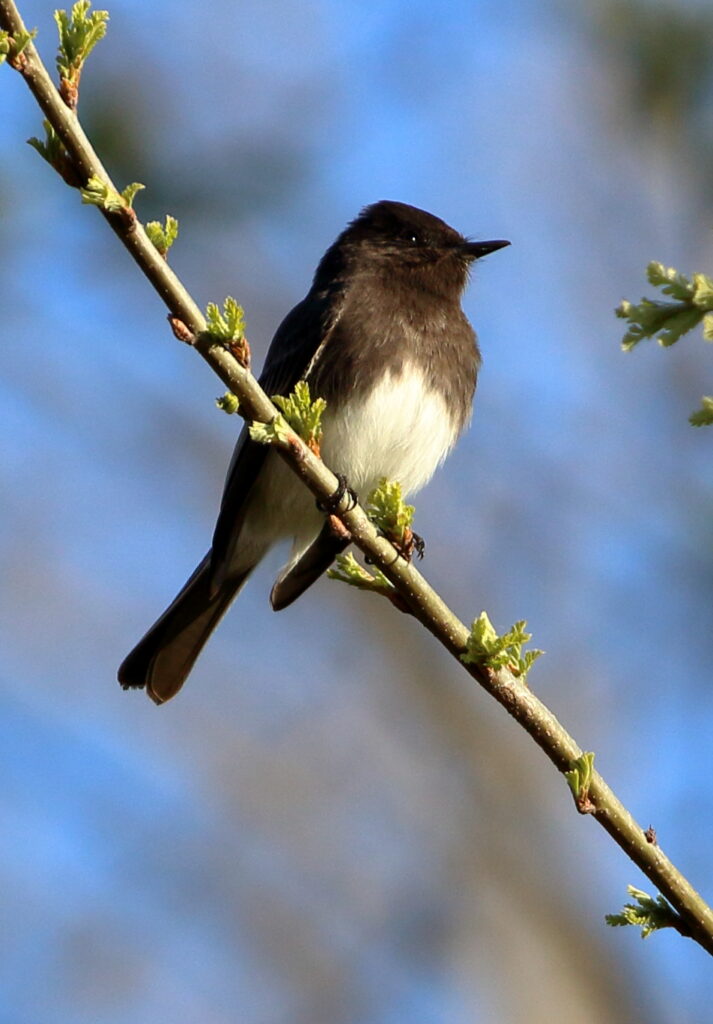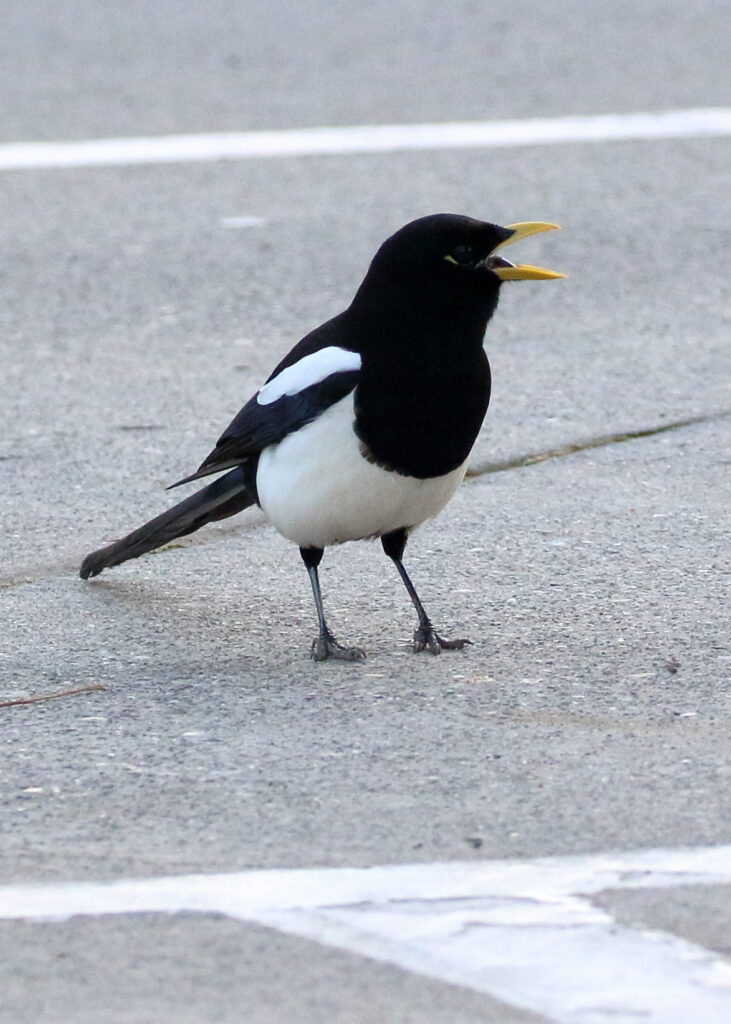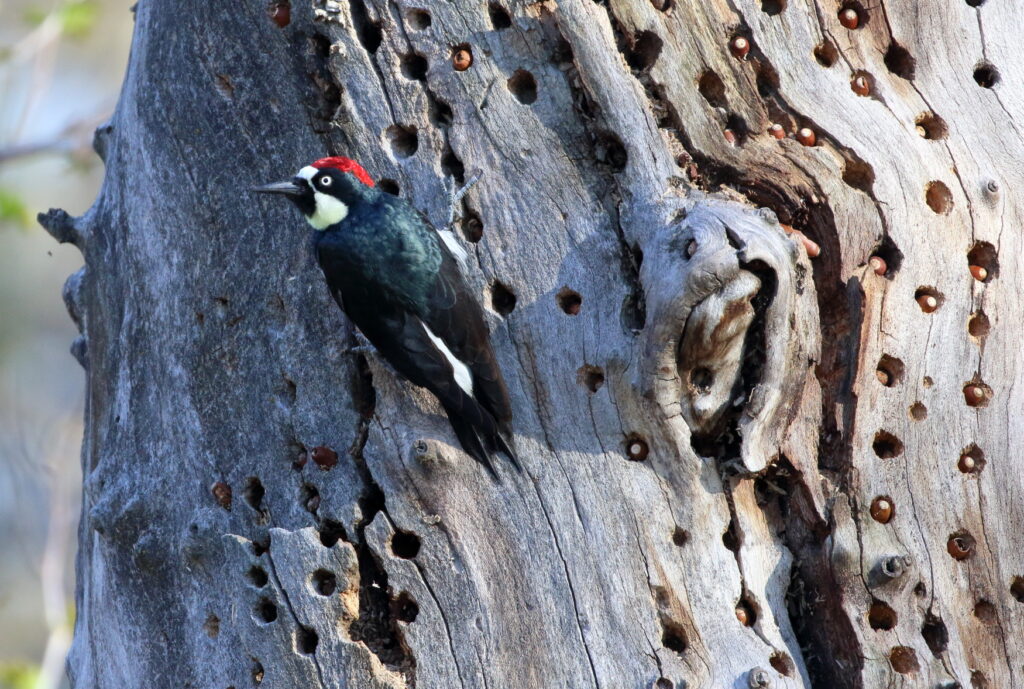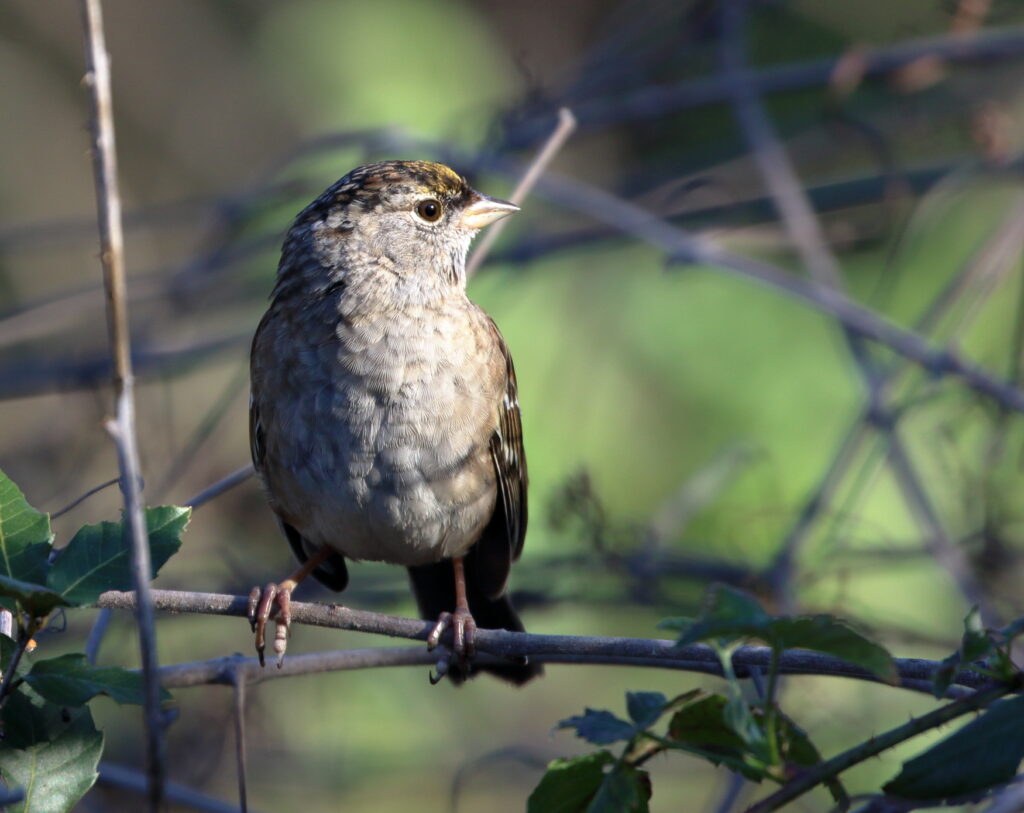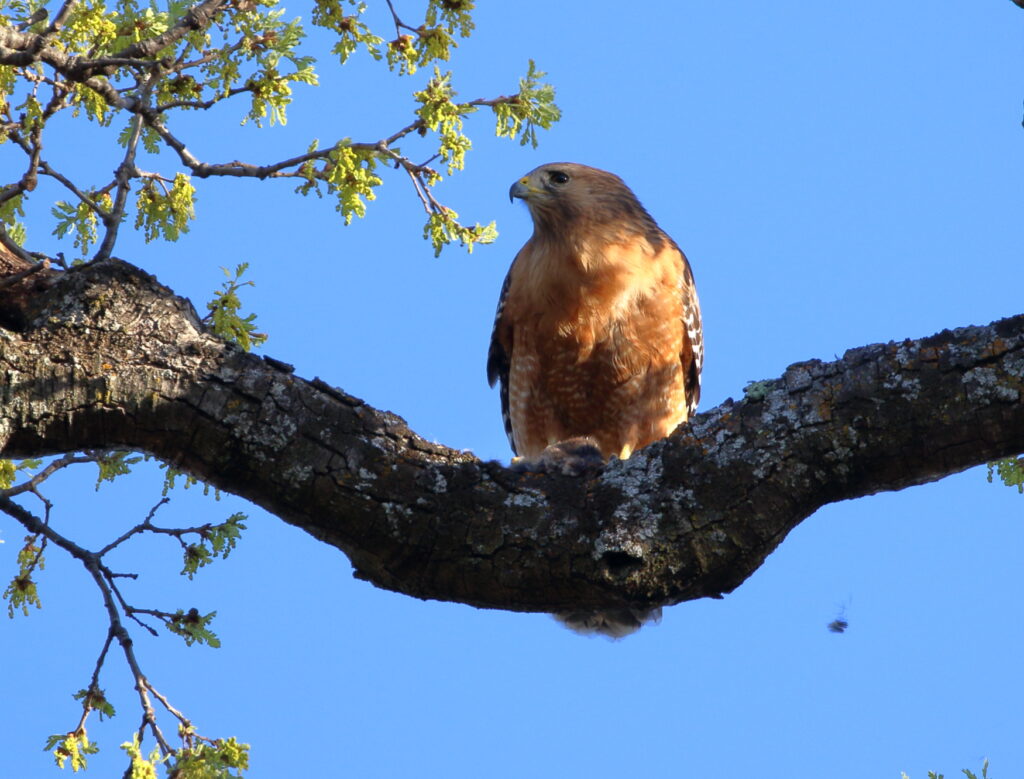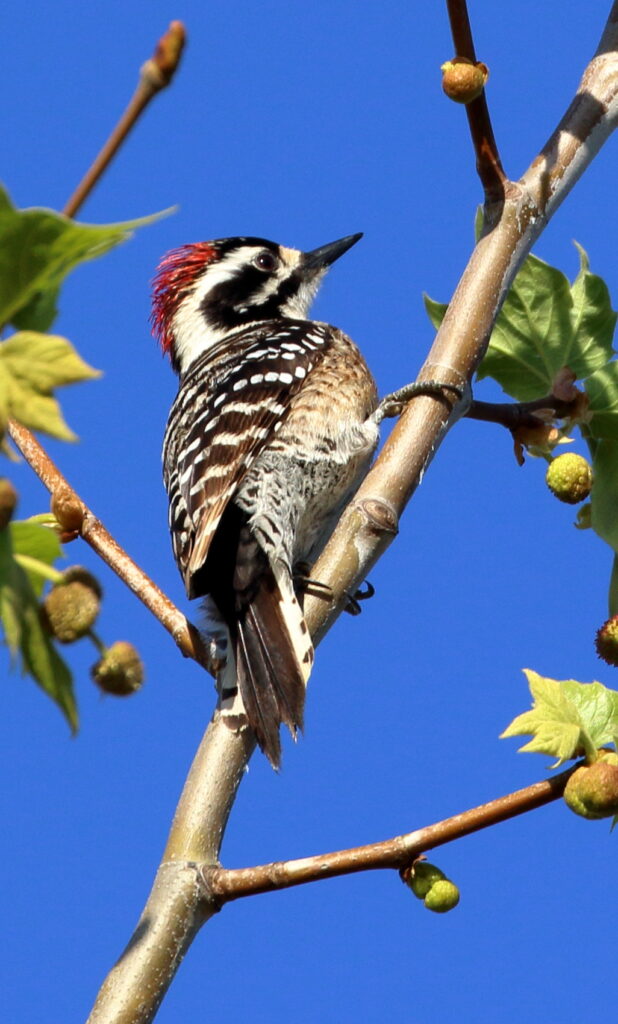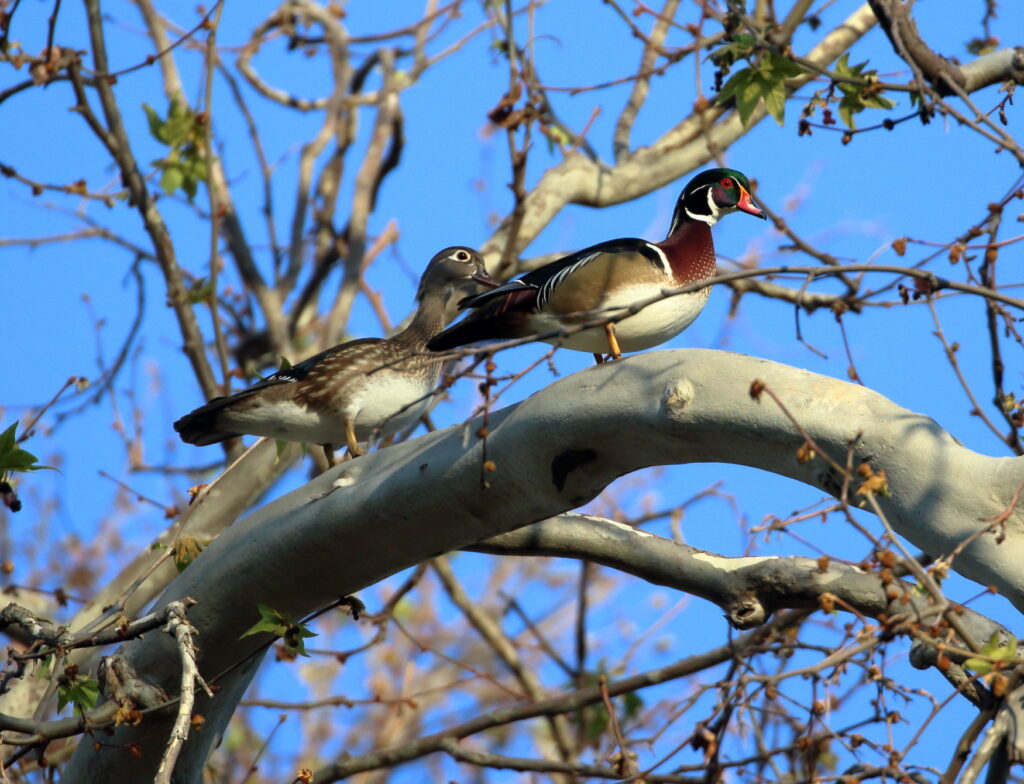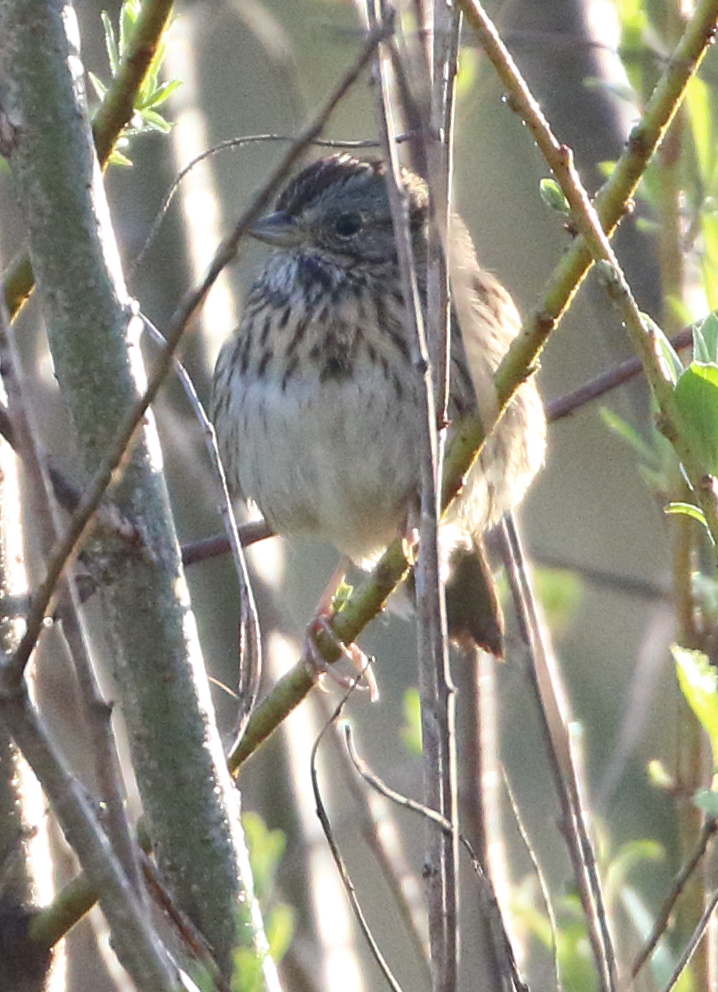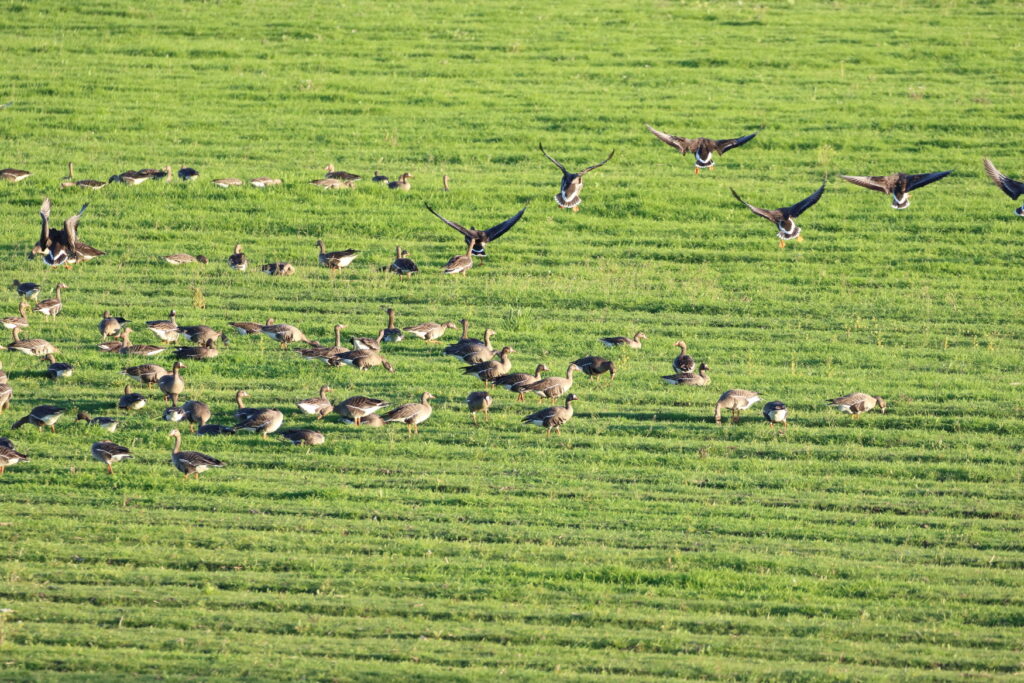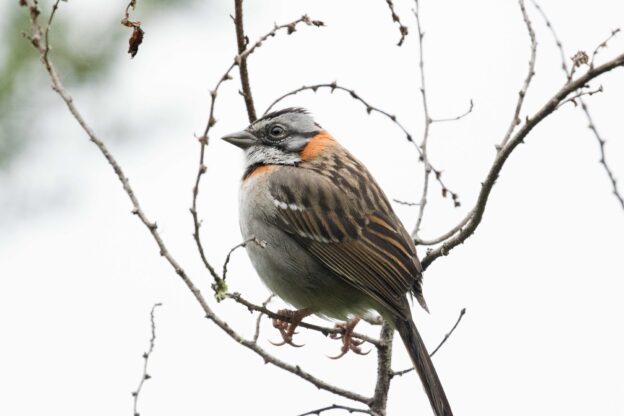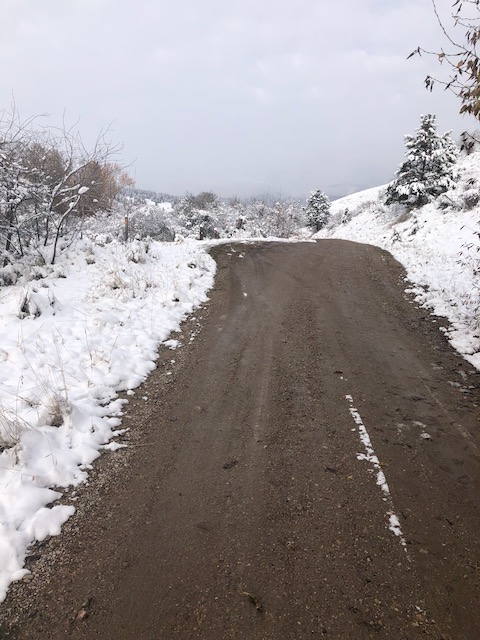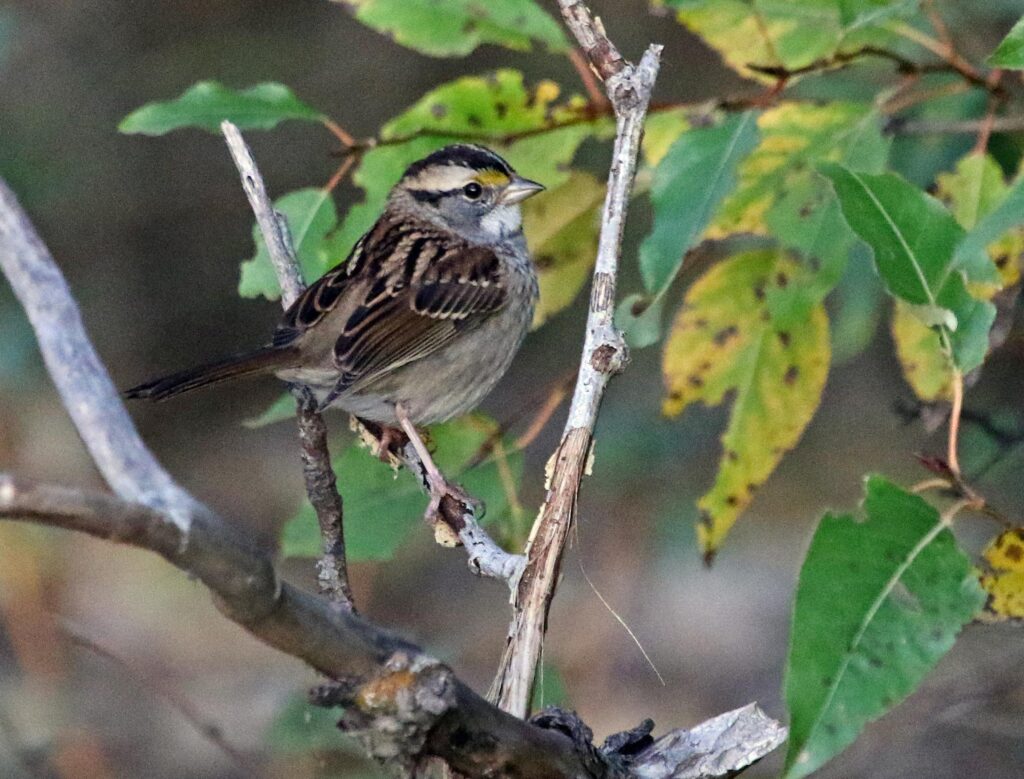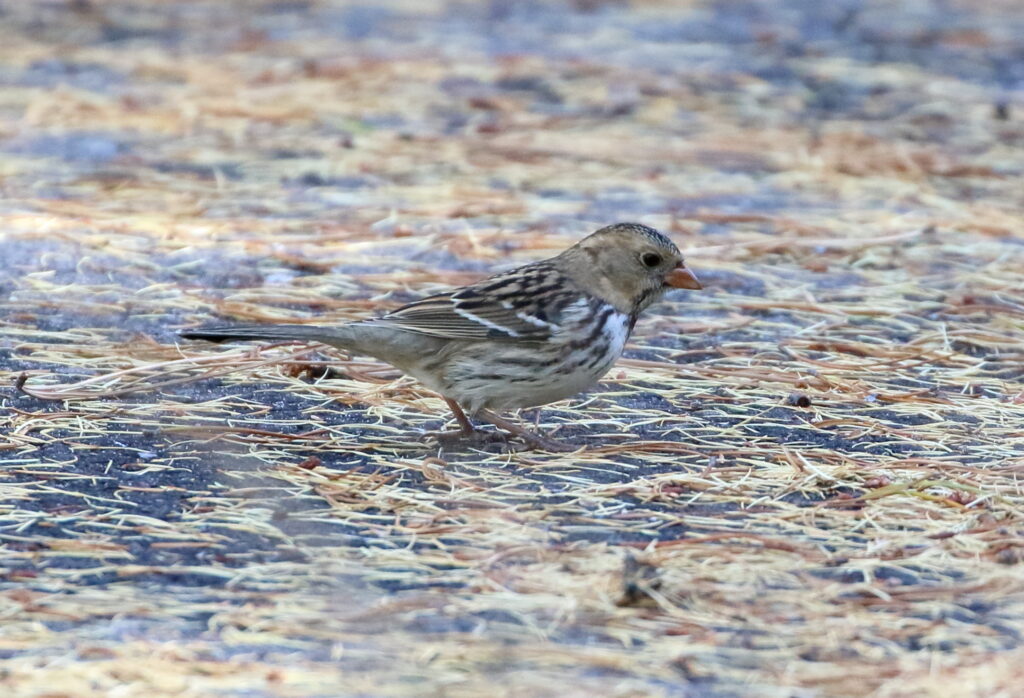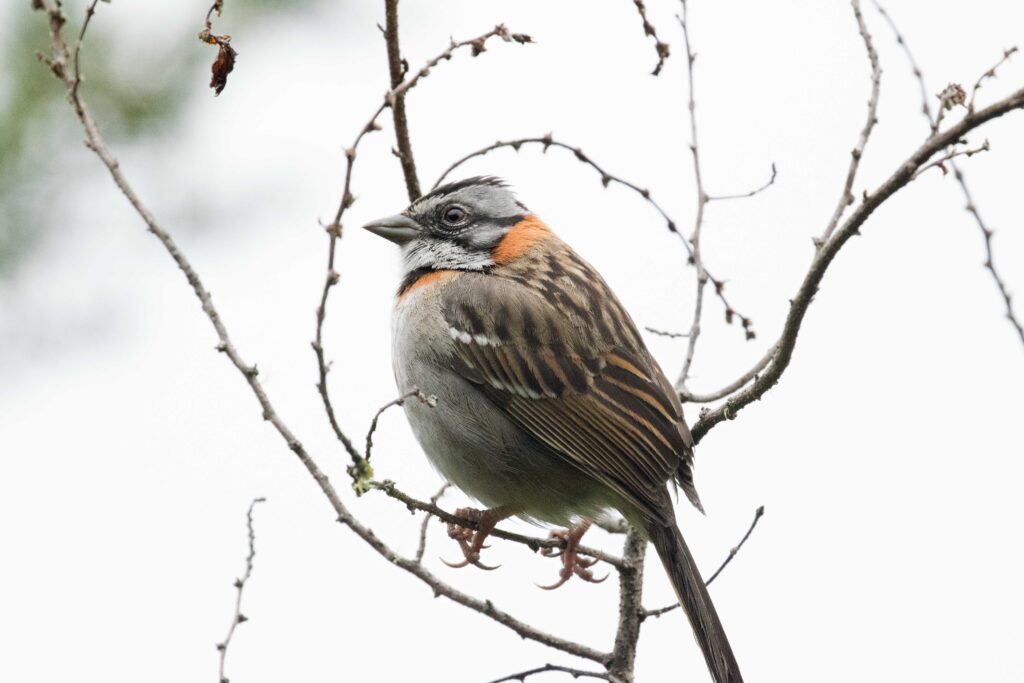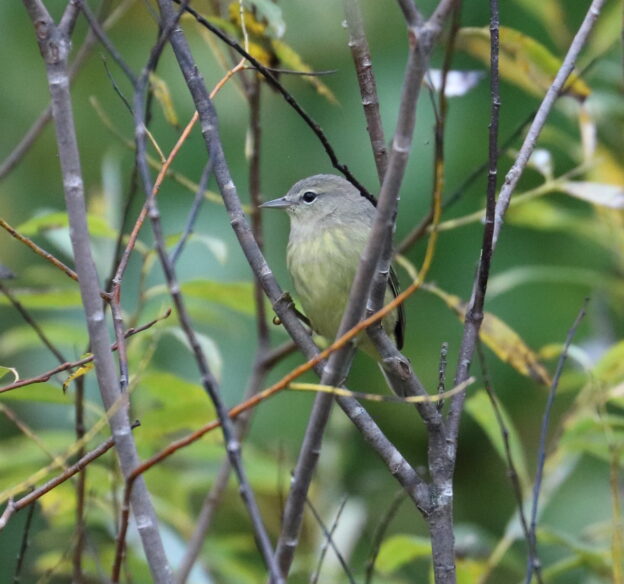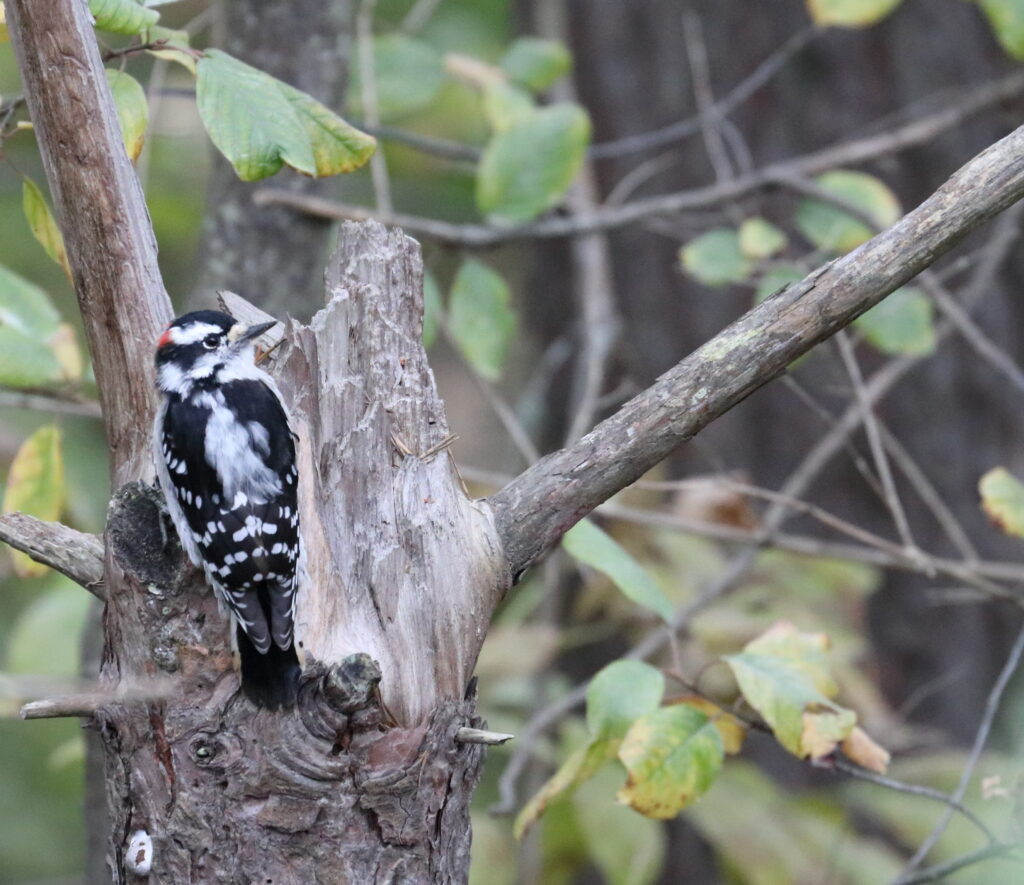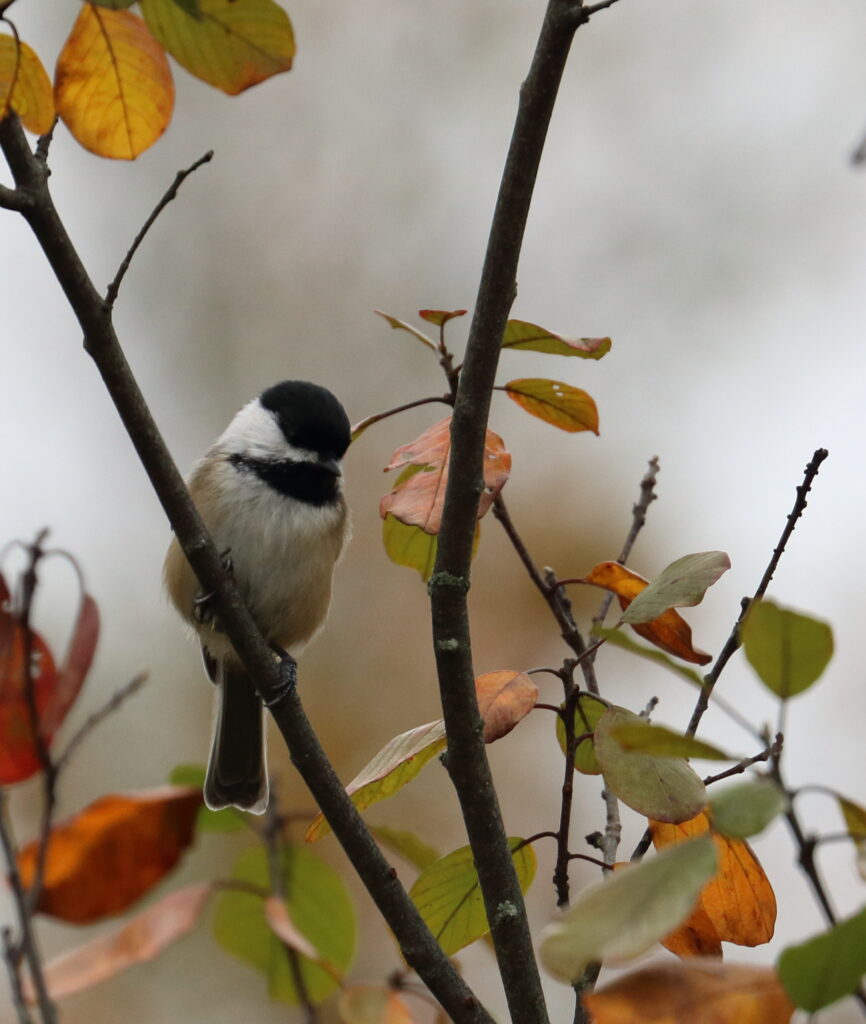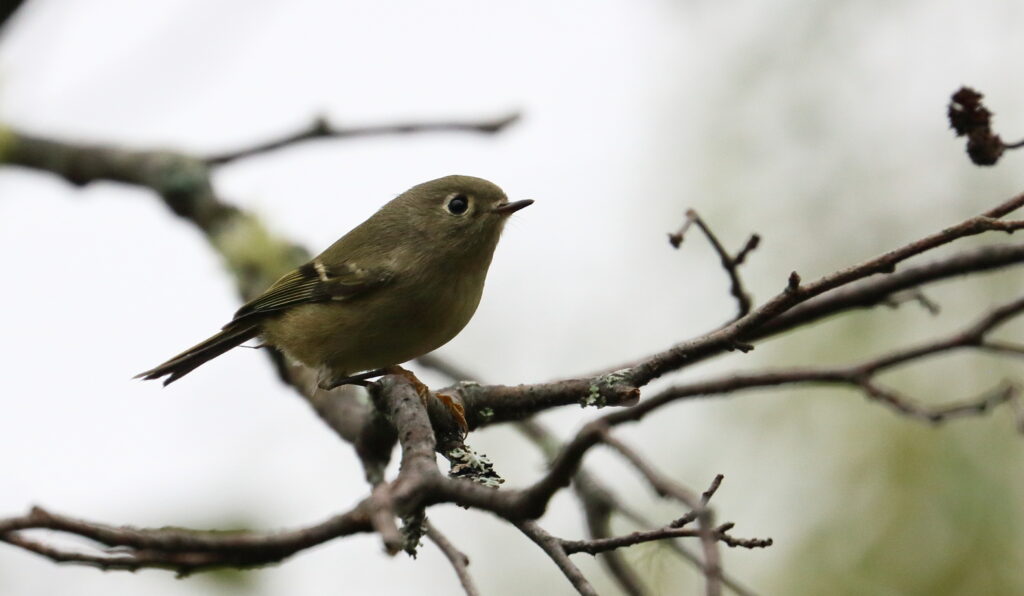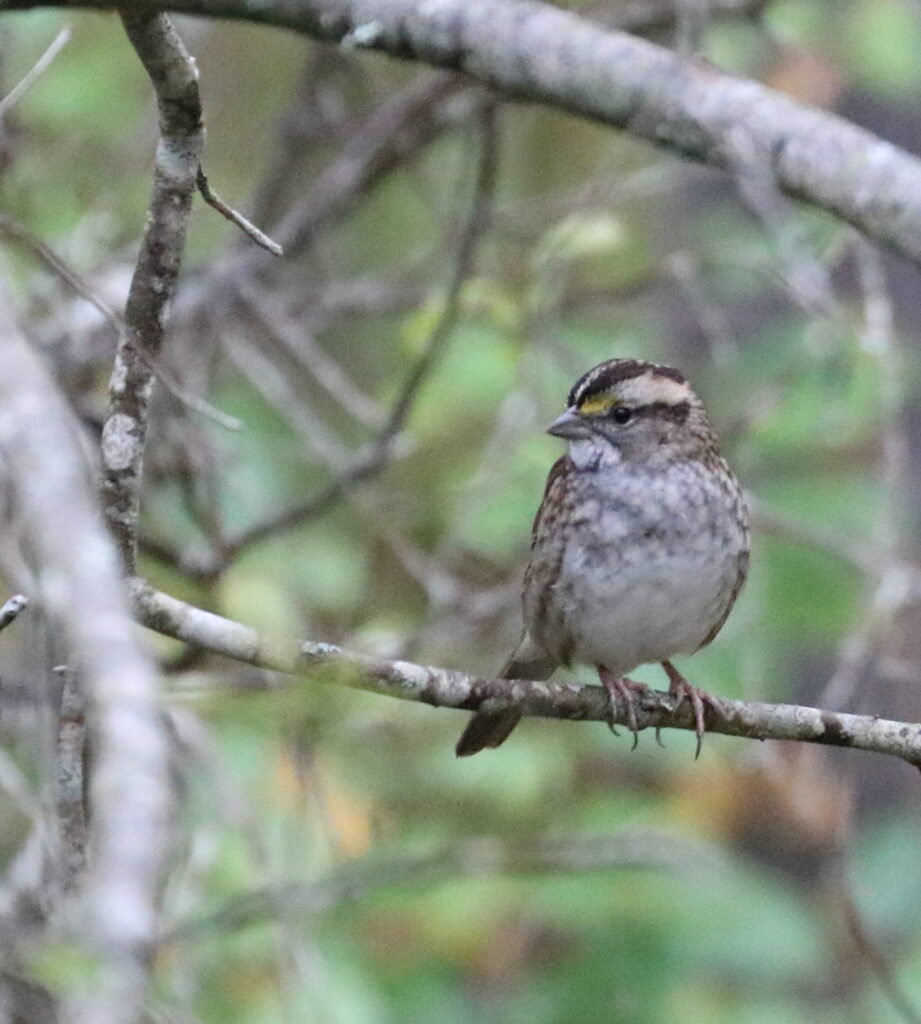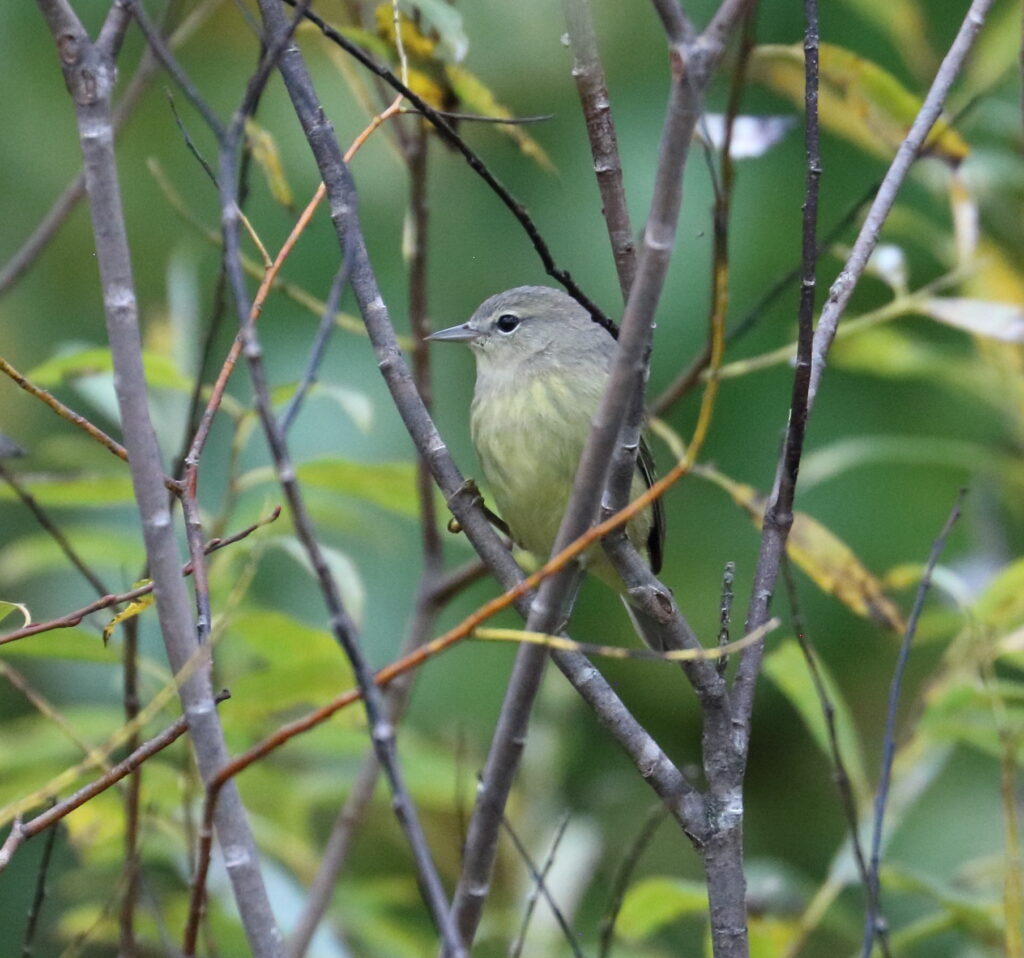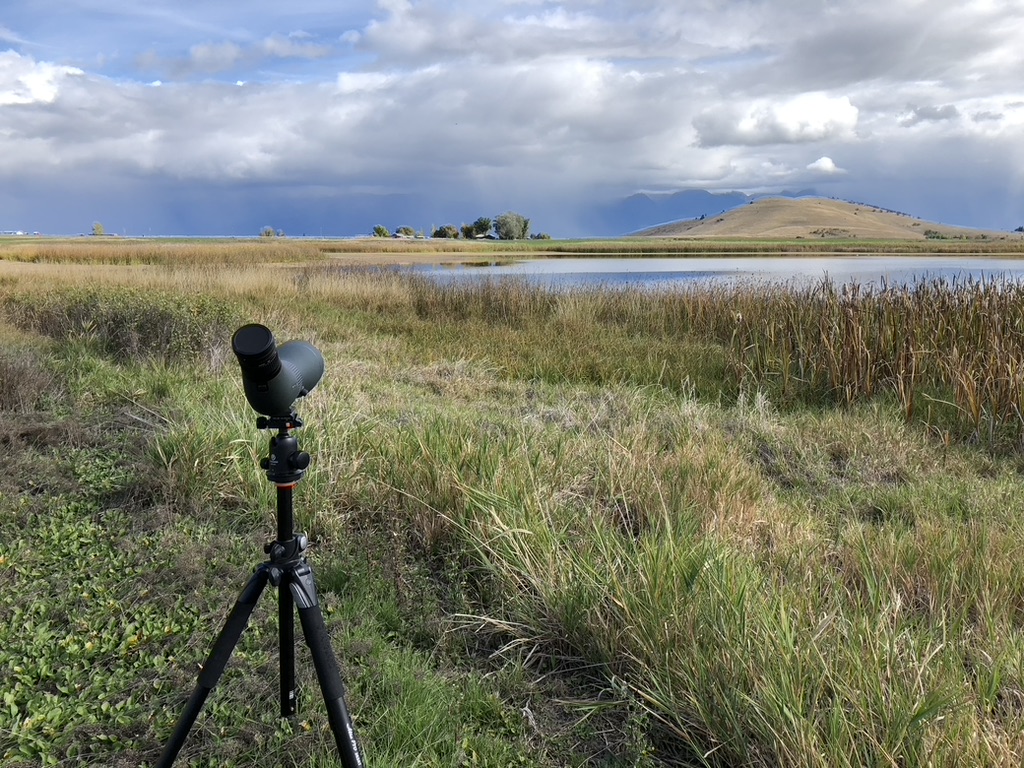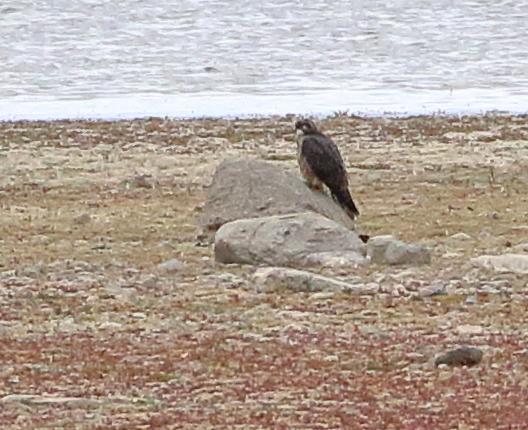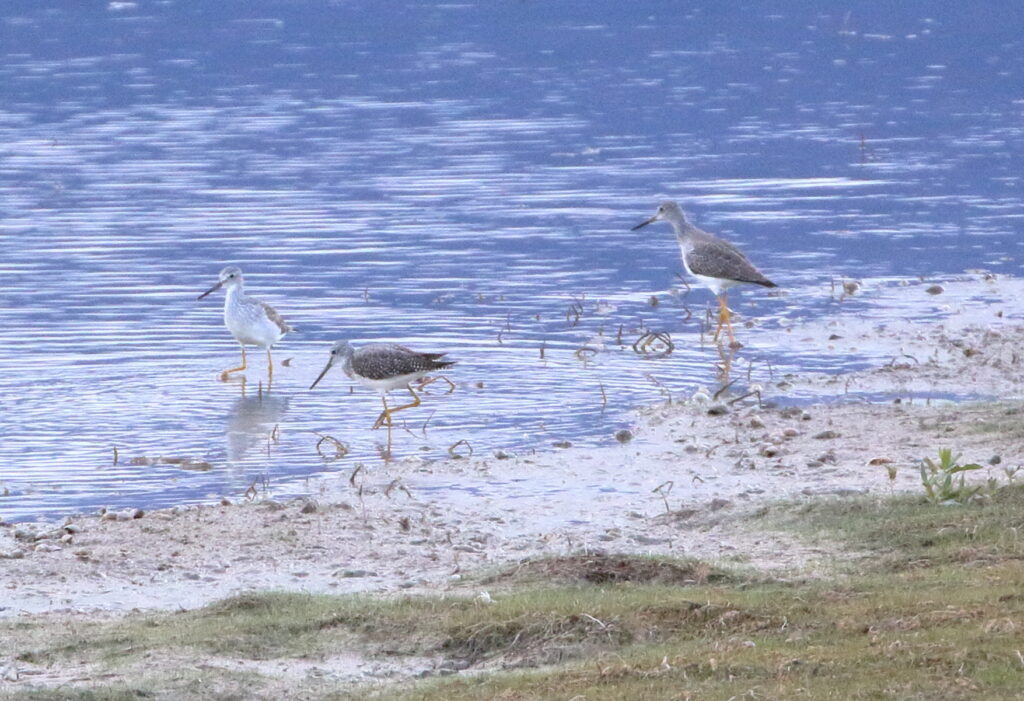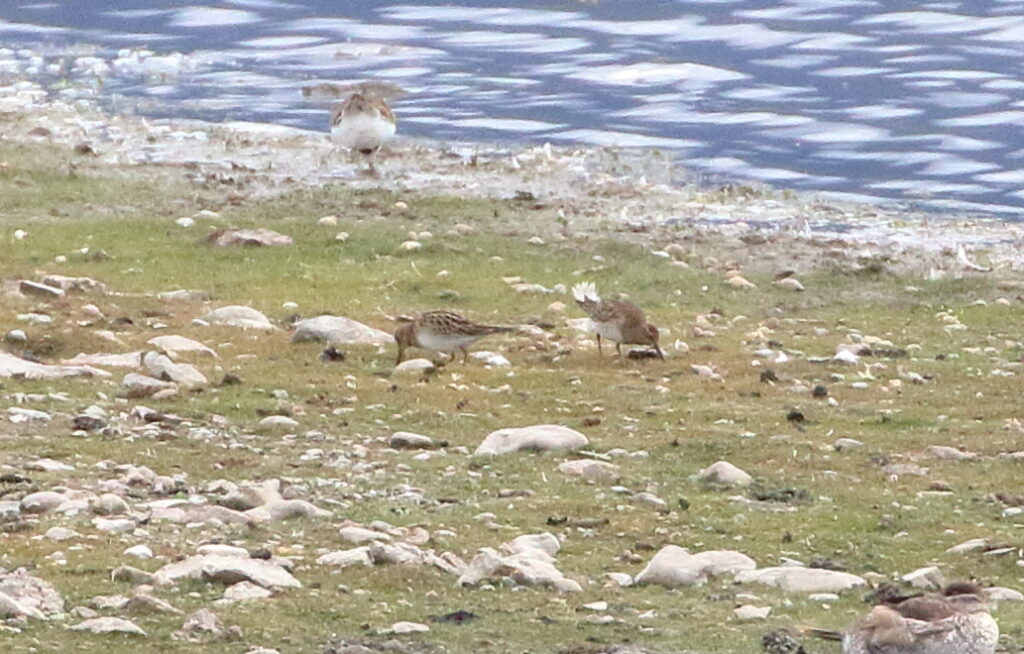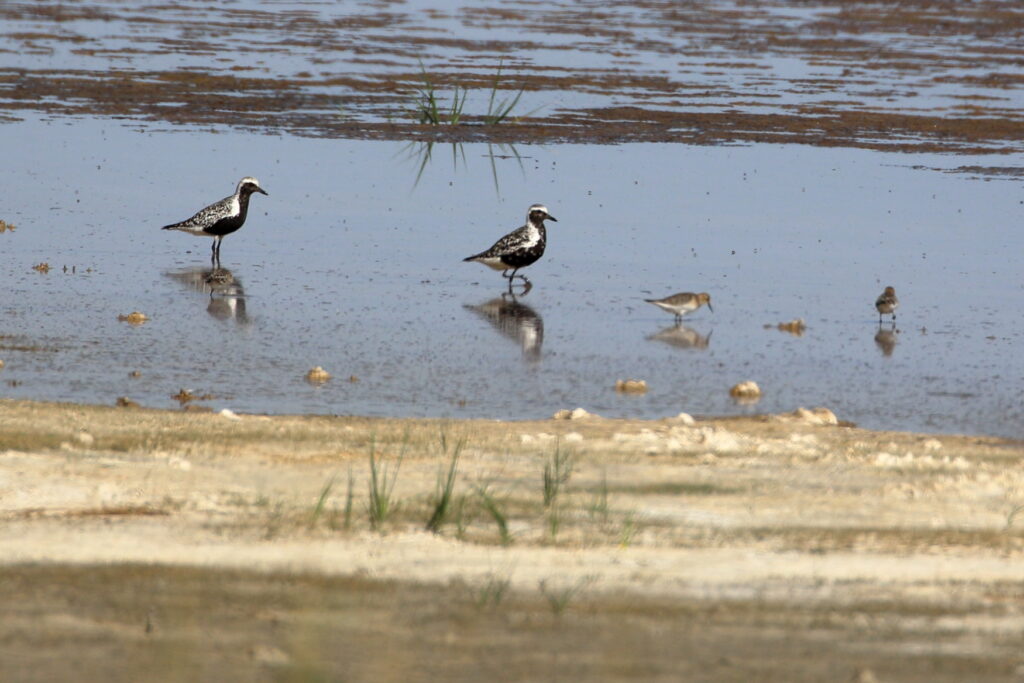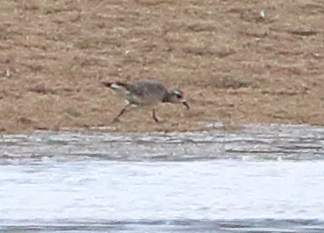Today, Braden and I would like to especially welcome our increasing number of international readers. Our posts are now regularly viewed by birders from more than a dozen different countries, and new countries seem to pop up every week. Thank you for your interest and we invite you to comment and share your own birding interests and experiences! Oh, and check out the quiz in the last photo caption!
I hadn’t intended my visit to central Montana last week to be a birding trip. Rather, I had been invited to Butte to speak at the annual conference of the Montana Library Association, and so had planned a simple, quick overnight. A few days before the conference, however, things got more complicated. Braden has heroically gone without a car during his first three years in college, but as he looked forward to his senior year, we all agreed it was time for his own wheels, and I had been doing a little “car scouting” while he finishes up his semester abroad in Costa Rica. Wouldn’t you know it, I found what looked like the perfect used vehicle in Billings. “Hm,” I thought, “if I got up early, I could drive to Billings on Thursday, look at the car, and make it back to Bozeman (most of the way to Butte) ahead of the conference.”
Long story short: I bought the car, and Friday morning, found myself with an entire morning to bird between Bozeman and Butte.
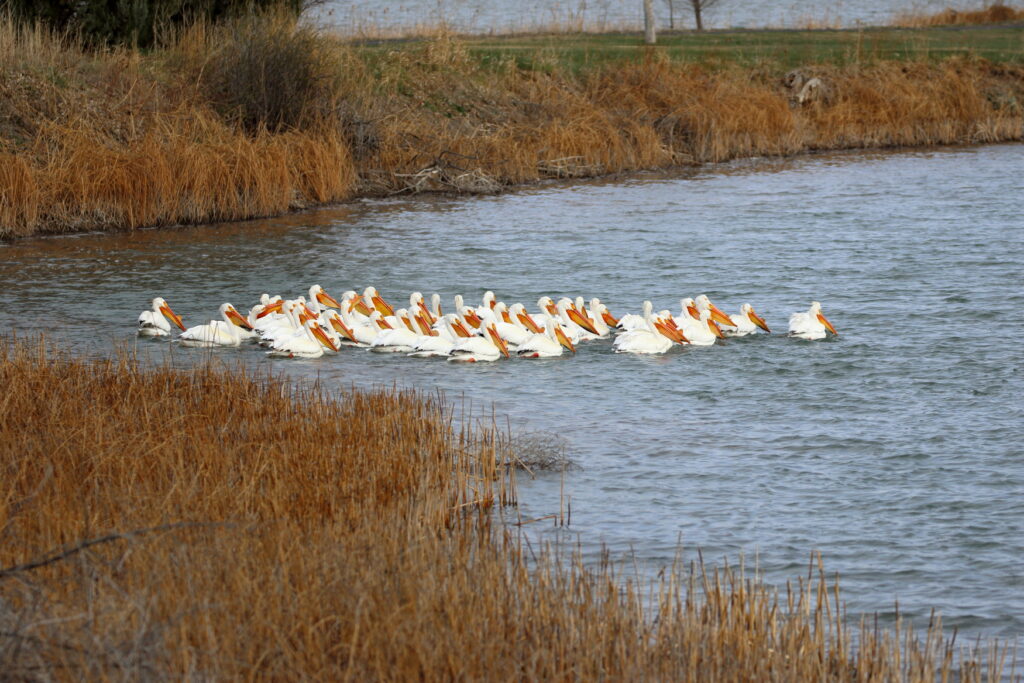
Three Forks ponds can be very hit and miss. I had actually stopped there on my way to Billings, but hadn’t found anything too notable except some American White Pelicans. This morning, though, I decided to try them again before heading up Bench Road. Was I in for a surprise! The first bird I spotted in Three Forks ponds was a bird I had never before discovered on my own: a Red-breasted Merganser! Not only that, I found seven more in the next pond over. These northern breeders pass through Montana only during migration—and not in large numbers—so I felt particularly fortunate to see them. The ponds, though, held other surprises.

Beyond a much larger group of pelicans, I saw a good assortment of ducks and then spotted birds with bold black-and-white wings fly to an island in the second pond. Shorebirds, I thought excitedly, running back to the minivan for my spotting scope. Other than Killdeer and Spotted Sandpipers, I had never before seen shorebirds at Three Forks, and my pulse picked up as I focused in on a group of eight gray birds at the edge of the island. I quickly ran through all the possibilities in my head, examining their size, color, and bills. My conclusion: Willets! They were obviously migrating, and this was the first time I’d ever seen them moving through this part of Montana. Apparently, I was not alone as the birds’ timing landed them on the Montana Rare Bird alert for the day!
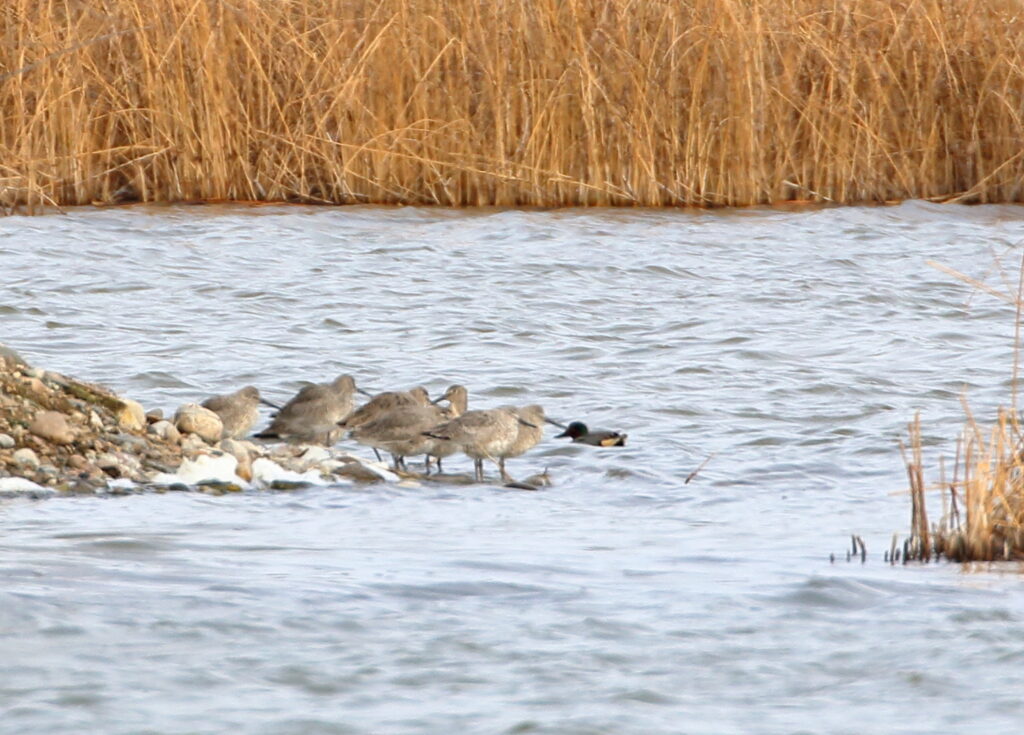
From the ponds, I headed up Bench Road. This was the first place Braden and I ever saw Burrowing Owls, and I hoped to see them again today—but didn’t hold out a lot of hope as I’d missed them my last couple of times here. The road, though, holds a wealth of other birds. In the lower stretch, I pulled over at the marsh to enjoy my first Yellow-headed Blackbirds, Marsh Wrens, and Cinnamon Teals of the year. It was the road’s upper stretch that most excited me, however.

As I climbed up over the first “bench,” I smiled at the many Horned Larks and Western Meadowlarks singing along the road. After a couple of miles, though, I thought I saw a larger bird landing along a side road. Could it be a Burrowing Owl? I turned the minivan down this sketchy, rutted path and after a couple of hundred meters saw a large shape in a field. It wasn’t a Burrowing Owl, but almost as exciting—my first Long-billed Curlew of the year! This greatly interested me because Braden and I had never birded this road so early in spring and I didn’t realize LBCUs would already be here. Turning the van around, though, I spotted four more calling in flight, obviously ready to get busy breeding!
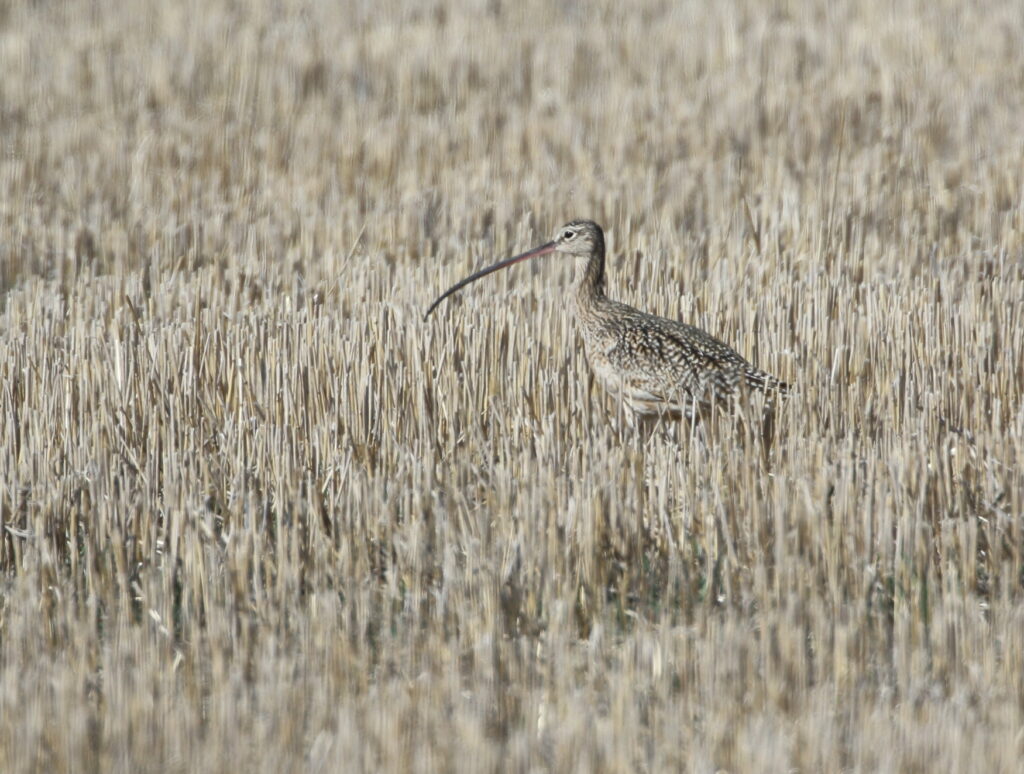
I also encountered the first of three women who were birding as a team in their own cars. She said she had spotted a couple of Burrowing Owls earlier and that one of her friends was up on Baseline Road (which tees off of Bench Road) at a BUOW burrow. I decided to head there, but before I reached it, saw a medium-sized brown shape flying low to the ground across a field. I hit the brakes and raised my binoculars. “Yes!” A Burrowing Owl! Not only that, a second one hunched down next to it. I snapped a poor photo from my car, but didn’t want to disturb them by getting out. BUOWs, though, are incredibly adorable animals and these two had obviously excavated a burrow here at the edge of a field. I hoped the farmer would notice them and not unknowingly evict them!

I continued up the road and sure enough found the other burrow that was staked out by the friend of the first woman I had met. The owls didn’t show right away, but soon popped up for a distant view. These appeared to be in much safer habitat than the field of the first pair. After fifteen minutes, I started the minivan back up, wishing the owls luck and hoping Bench Road would be a home for them for years to come. On my way back down the road, I stopped at the marshy area for one last treat—a great, brief glimpse at a Virginia Rail!
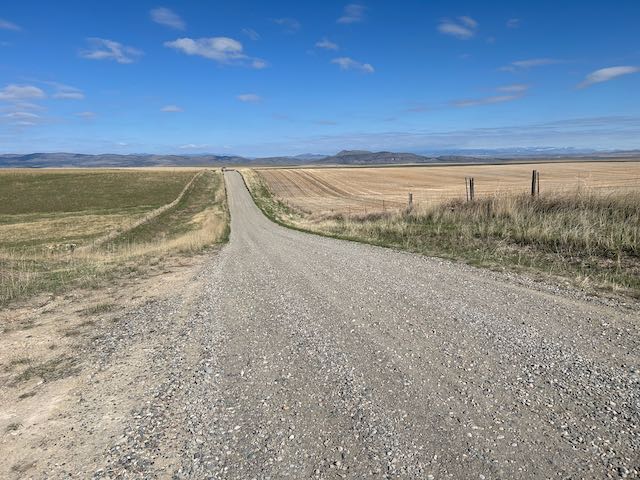
That evening in Butte, after my first talk at the conference, I paid my first visit to Butte’s Lexington Street ponds and wetlands, which were undergoing a major birder-friendly construction project. I set up my scope outside of a chain-link construction fence and saw a great variety of ducks, along with a Western Grebe—a bird that had never before been reported there! As I was packing up, I heard a familiar rattling call and turned to see two gorgeous Sandhill Cranes touching down a couple of hundred meters away. As wonderful as this all was, however, my spontaneous birding weekend had only just begun. Stay tuned for Part 2.


